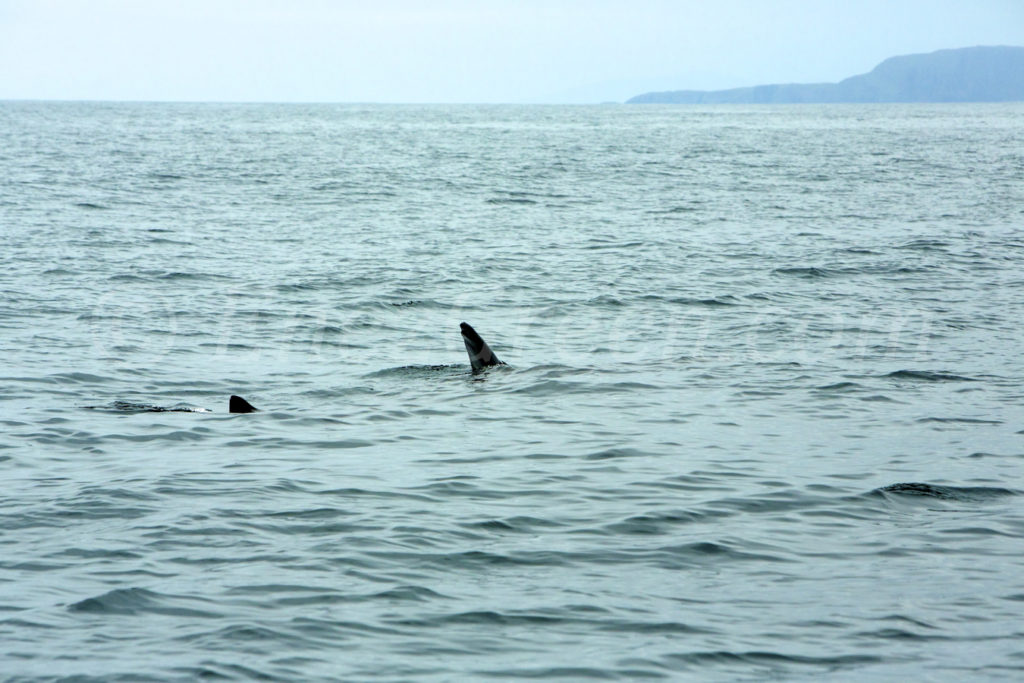Every summer the sharks gather in large numbers around small islands between Skye and Mull off Scotland’s west coast
The tagging project involved sharks found off Coll, Tiree and Hyskeir.
According to the SNH report, the Irish and Celtic Seas represent an important migration corridor for basking sharks moving between the Sea of the Hebrides, the Isle of Man and southwest England.
In autumn, tagged sharks were found to move away from the Scottish islands and towards the west of Ireland, the Bay of Biscay, Iberian Peninsula and North Africa.
Some of the sharks spent winter off Madeira and the Canary Islands off west Africa, but others remained “relatively close” to Scotland throughout the winter.
D’après l’association l’APECS, le deuxième plus gros poisson au monde peut parcourir plus de 3 000 km en quelques mois et se déplace aussi de la surface vers le fond. Il est capable de plonger à plusieurs centaines de mètres.On suppose que ses déplacements sont guidés par la recherche de nourriture.
A vulnerable species classified as “endangered” on the IUCN Red List
Three years ago, the Hebridean Whale and Dolphin Trust (HWDT) reported an increase in encounters with basking sharks with fifty sharks counted over just nine days.
Up until 19 years ago, basking sharks were hunted in the seas off Scotland for their liver oil.
This fish is listed since 1996 on the red list of the IUCN (World Conservation Union). When evaluating this list in 2000, subpopulations of North Pacific and East North Atlantic have been listed as “endangered”.
In Europe, it is only since December 2006 that it is forbidden for Community vessels and third country vessels to fish, retain on board, tranship and land basking sharks in all European waters. This regulation also applies outside these waters for Community vessels.




